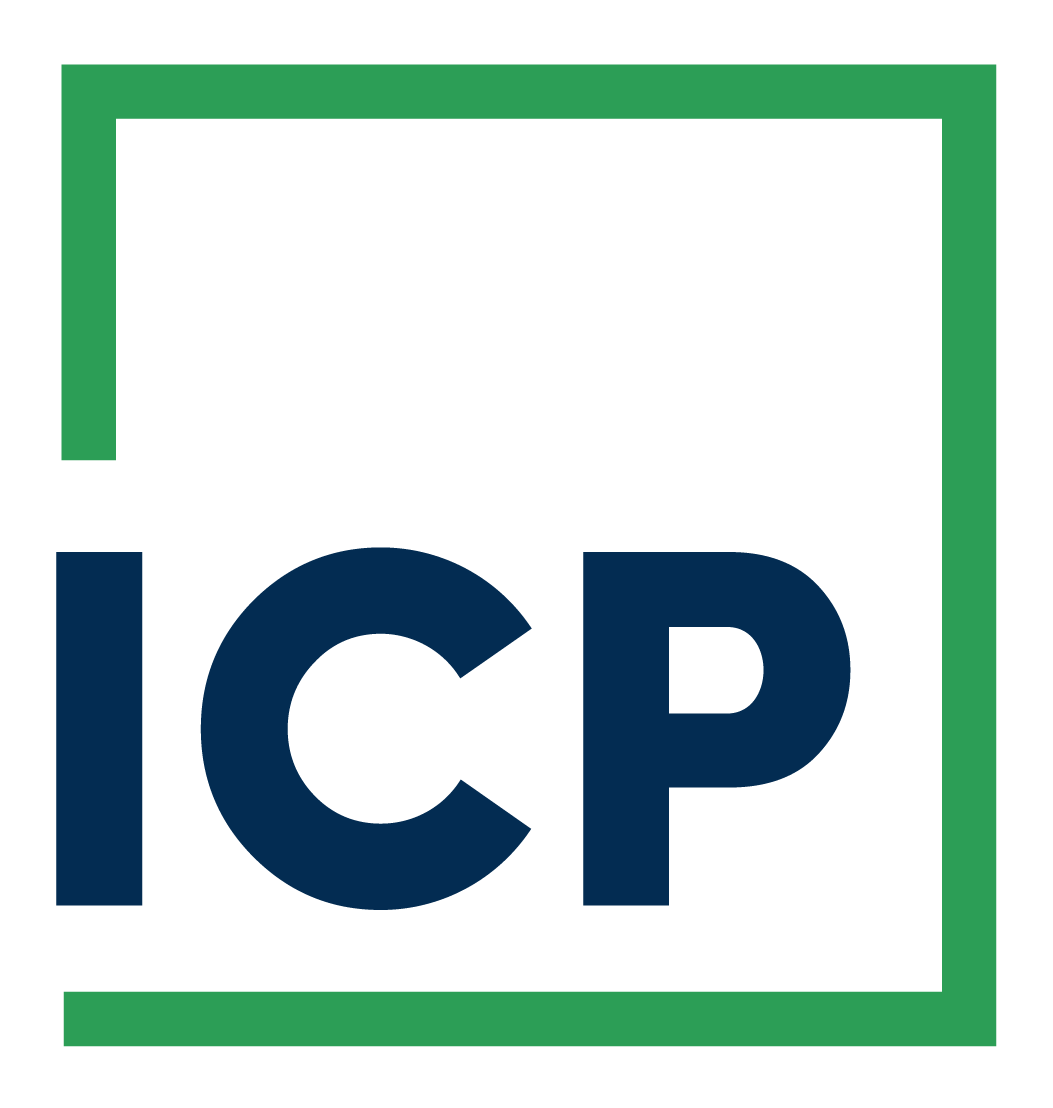How to Spot Authentically Botanical Disinfectants
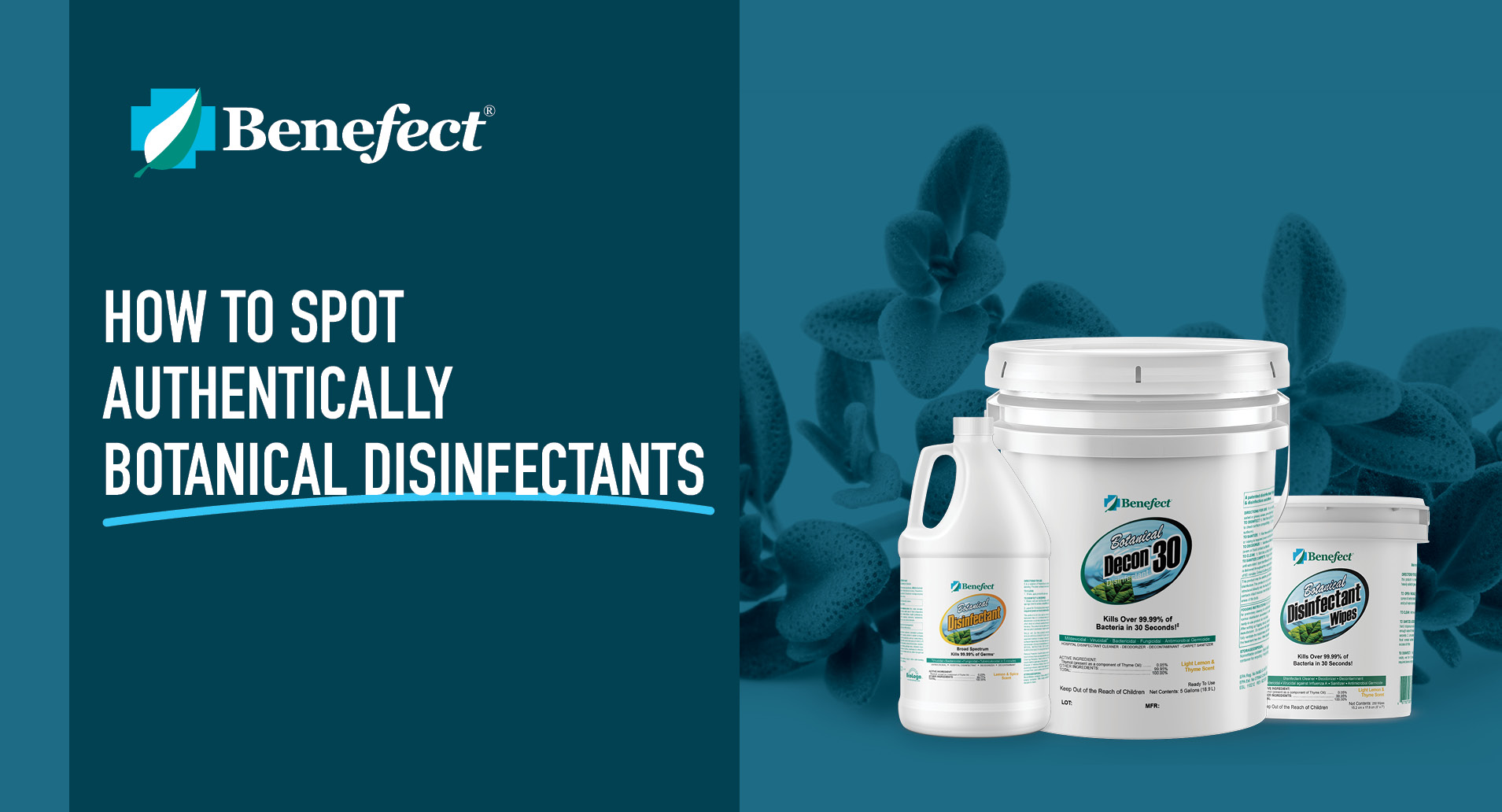 Administrators must continue to put health and safety first
Administrators must continue to put health and safety first
COVID-19 introduced parents and faculty to a new level of cleanliness protocols that they might not want to see go away – ever. With flu, the potential for COVID case spikes and this desire for aggressive disinfection measures, schools are not able to let their guards down. Consistent and regular disinfecting must remain top of mind when class resumes in the fall, and beyond.
But what is the best way to keep students and the environment safe?
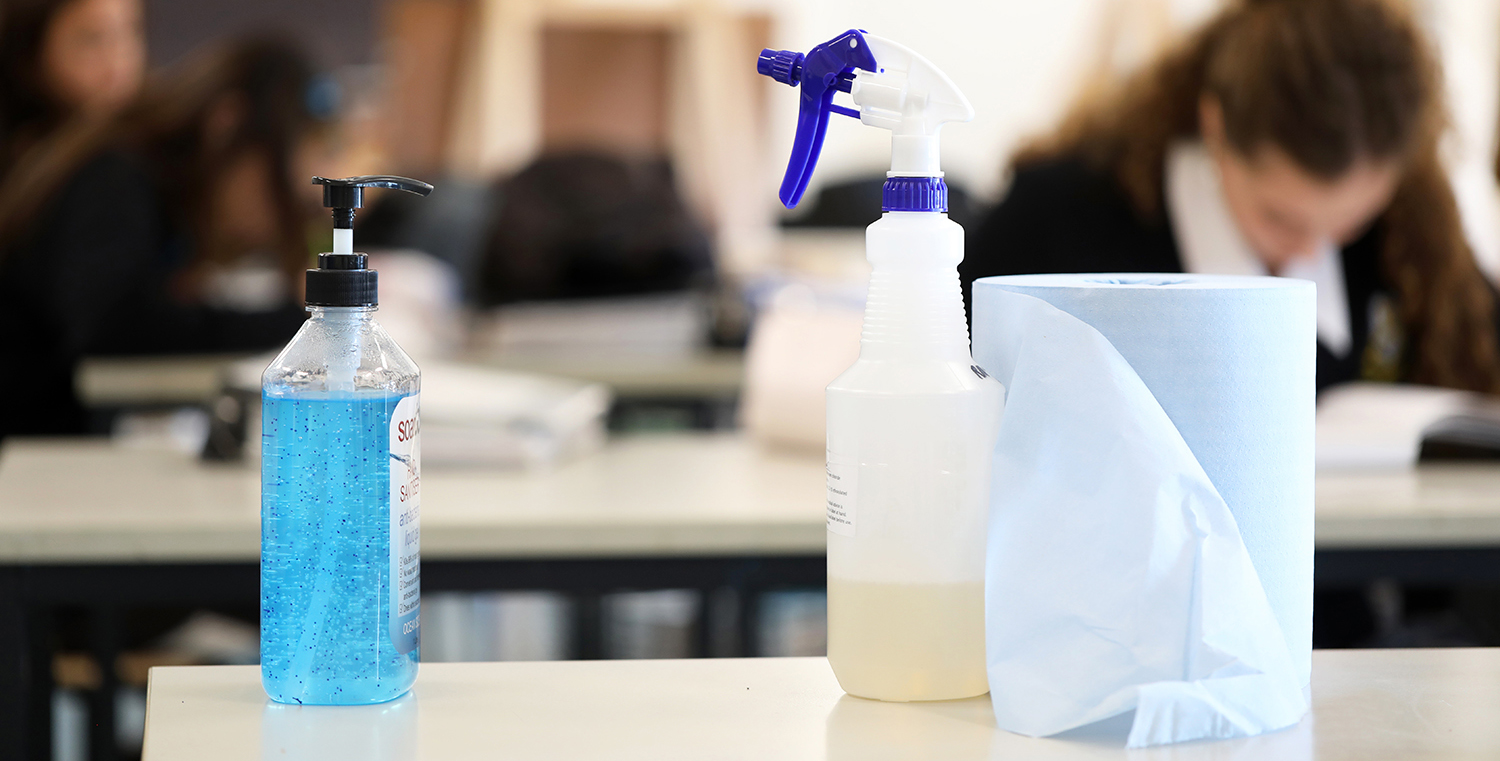 Safety and Efficacy: The Benefits of Botanical Disinfectants
Safety and Efficacy: The Benefits of Botanical Disinfectants
While generally 99.99% effective, common synthetic chemical-based disinfectants are hazardous, poisonous, are not environmentally sustainable and can lead to antimicrobial resistance because bacteria adapt to the chemicals when they encounter the same formulations repeatedly. And those who apply these products = are warned to take special precautions, including the use of personal protective gear.
People with certain immune system disorders and other health issues can be particularly sensitive to these chemicals, which can lead to adverse events and negative reactions. Like the protocols schools put in place to protect people with peanut or latex allergies, those who have chemical sensitivities need special considerations when it comes to cleaning and disinfecting.
Authentically botanical disinfectants provide that same level of effectiveness –99.99% or more – yet they do not come with the warning labels and the threat of antimicrobial resistance. Harsh chemical ingredients are replaced with natural essential oils that have been used for thousands of years for their antimicrobial properties.
Authentically botanical disinfectants are considered ideal for these at-risk populations with ultra-low volatile organic compounds (VOCs), as well as skin and eye safe. And there is no need for extra protective gear when applying botanical disinfectants because of the pure essential oil ingredients that are still effective against germs.
When considering a product for your school, it’s important to note that not all botanical disinfectants are created equally – and some claims might be misleading.
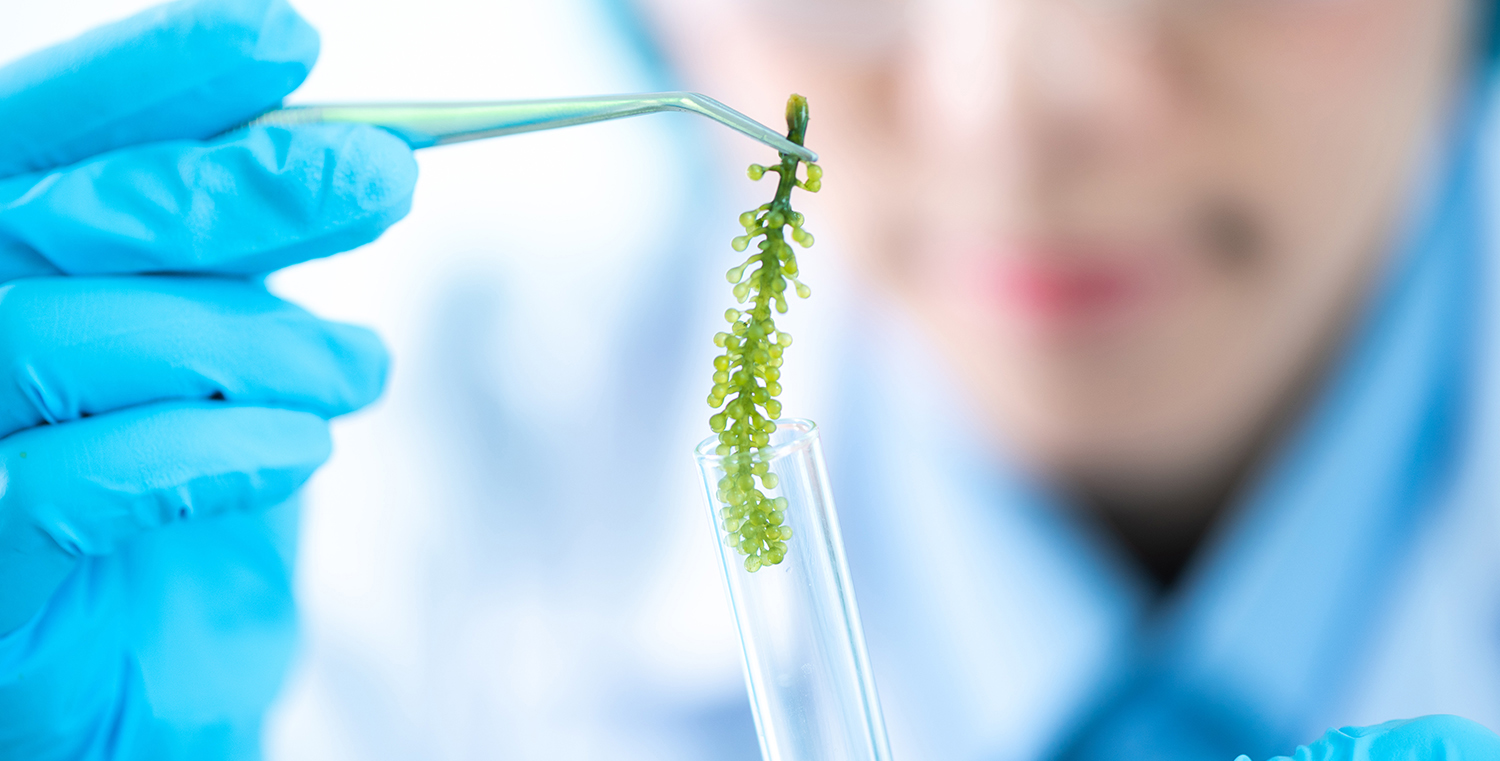 Knowing the Difference: Botanical vs. Authentically Botanical
Knowing the Difference: Botanical vs. Authentically Botanical
To understand the difference between botanical and bio-based disinfectants, we first need to look at the difference between old organic carbon and new organic carbon.
Old organic carbon comes from the remains of organisms, such as plants or animals, that have decomposed over millions of years and have been exposed to forces of heat and pressure. Petroleum and coal are examples of old organic carbon that we take from the earth and use as fossil fuels. These resources are not renewable.
On the other hand, new organic carbon comes from live plants and trees that are harvested for use. New organic carbon is considered renewable in that it can be used repeatedly and does not run out because it is naturally replaced.
The term bio-based content refers to how much new organic content there is in an object or substance compared to how much old organic content is used. When it comes to disinfectants, the U.S. Department of Agriculture (USDA) tests the ratio as part of its BioPreferred® Program.
This is relevant to botanical disinfectants because a product that is labeled botanical might contain as little as 25% bio-based content with a portion of the remaining content coming from petroleum-based synthetic botanicals – meaning that those “botanical” disinfectants and cleaners will not provide the same level of gentleness on surfaces and benefits to the built environment, as those with 100% bio-based content.
 Understanding How Authentically Botanical Disinfectants Work
Understanding How Authentically Botanical Disinfectants Work
Authentically botanical means that the product is derived from all bio-based content. One of the most common active ingredients in this type of cleaner is thymol, an essential oil that is derived from thyme, oregano or ajwain – all highly renewable resources.
Thymol has naturally strong antiseptic properties and has been used for centuries as incense to purify air, as a natural pesticide and to heal skin infections. Farms have used the same process for centuries to steam and extract the oils for a variety of uses.
That process is still intact and in use today as the basis for disinfectant cleaners, supporting farms of all sizes. From the farm to the shelf, authentically botanical products offer a sustainable way to protect people without the risk to human health of the environment.
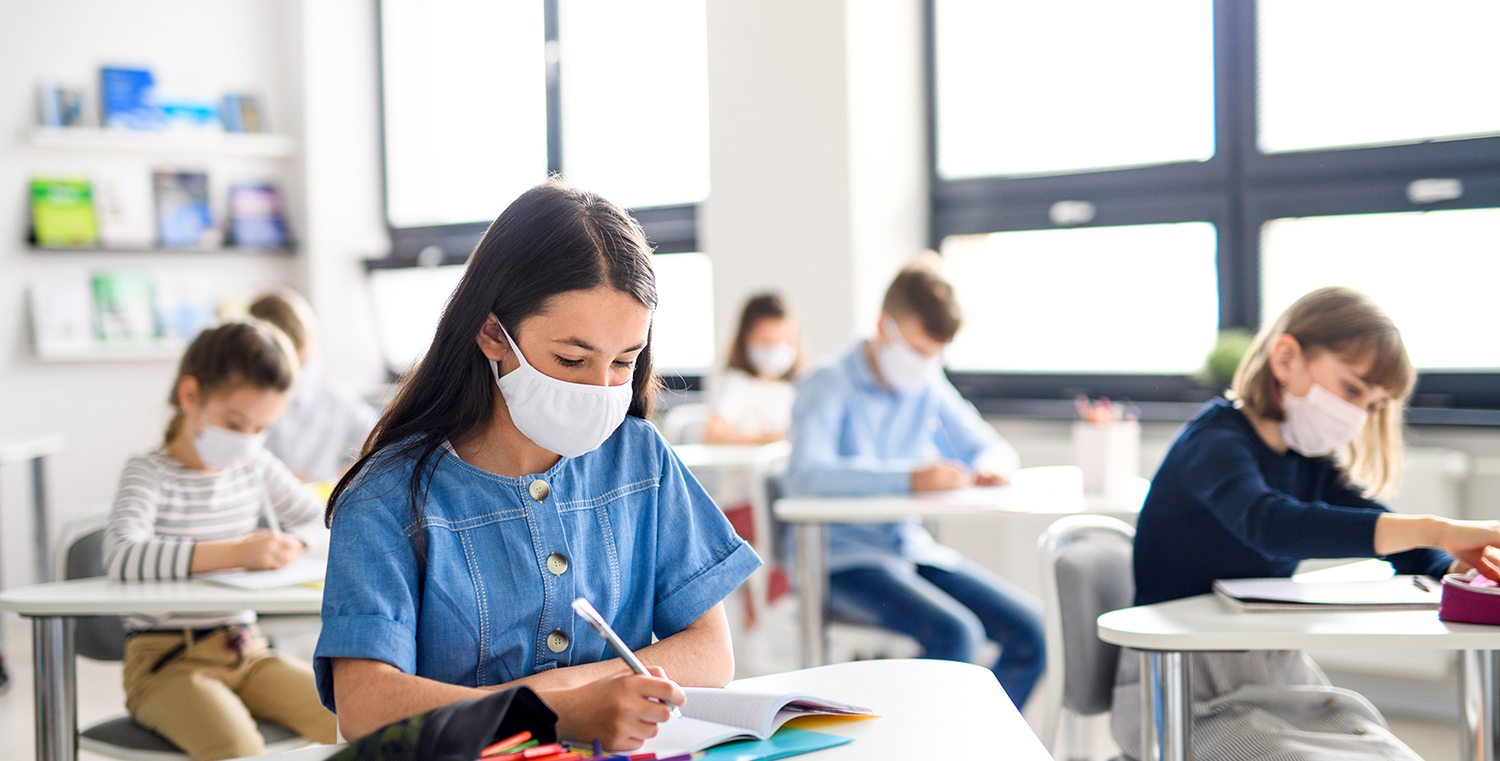 When Safety and Efficacy Matter Most
When Safety and Efficacy Matter Most
Schools need to ensure that they are using the safest, most effective disinfectant solutions to help protect vulnerable populations from harsh chemicals – while still providing maximum protection against the germs that make us sick.
There are ways to discern which “botanical” cleaners are authentic and which contain harsher ingredients:
- Look at the effectiveness. The disinfectant should show 99.99% efficacy against viruses and bacteria.
- Watch for the warning signs. Authentically botanical cleaners with 100% bio-based content will not include special symbols or warnings on the label, such as flammability or the need for personal protective gear during application. If there are warning signs on the bottle, chances are, it is not truly botanical.
- Reference the USDA website. The USDA has a program where disinfectants are rigorously tested to detect the percentage of bio-based content that is used. Look at the USDA website to ensure you are choosing safe and effective products– for both people and the environment.
So, as schools prepare for the next year and potentially new surges of COVID-19 and the flu, they should take the time to ensure they are using only the purest botanical cleaners to protect the health of students and staff.
